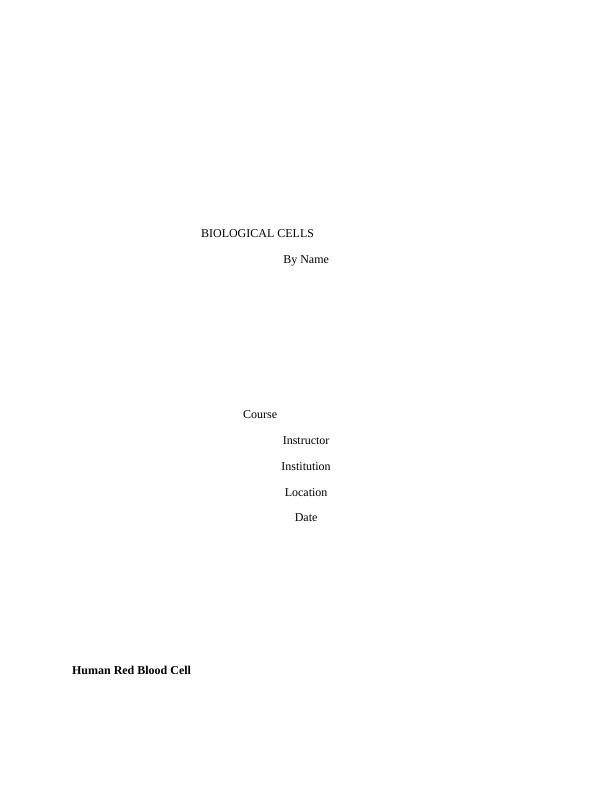Biological Cells: Red Blood Cell, Plant Palisade Layer, Neisseria Gonorrhea, and Epithelial Cell of Small Intestine
8 Pages1219 Words212 Views
Added on 2023-06-03
About This Document
This article discusses the characteristics and functions of four types of biological cells: red blood cells, plant palisade layer, Neisseria gonorrhea, and epithelial cells of the small intestine. It provides information on their structures, roles, and importance in the human body and beyond.
Biological Cells: Red Blood Cell, Plant Palisade Layer, Neisseria Gonorrhea, and Epithelial Cell of Small Intestine
Added on 2023-06-03
ShareRelated Documents
End of preview
Want to access all the pages? Upload your documents or become a member.



